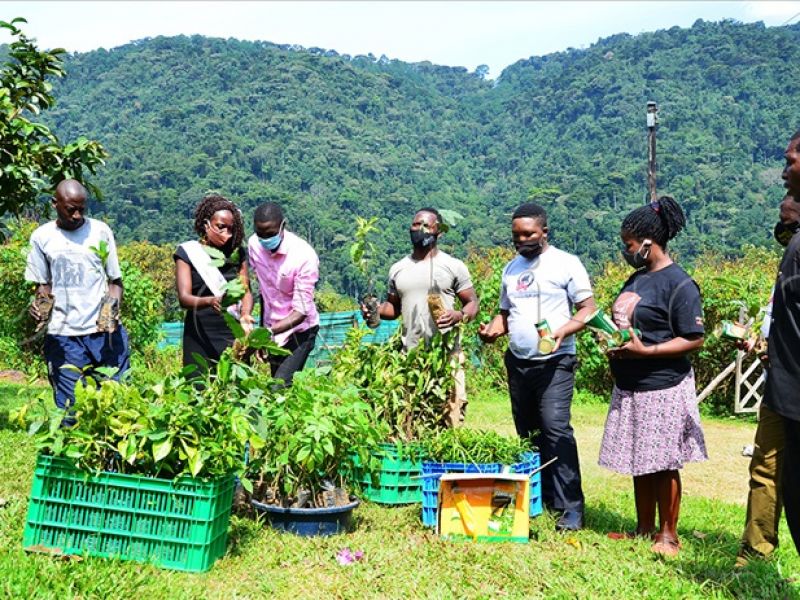Tree Planting for Conservation and Tourism
Tree planting in Uganda can have significant benefits for both tourism and conservation. Tree planting in Uganda offers a range of benefits for both conservation and tourism. It supports the preservation of ecosystems, biodiversity, and cultural heritage while also creating opportunities for sustainable tourism development. This holistic approach can contribute to the long-term well-being of both the environment and local communities.
Here are some of the key advantages:
Conservation Benefits:
- Biodiversity Preservation:
- Tree planting contributes to the preservation of biodiversity by providing habitats for various plant and animal species. This can enhance the overall ecological balance in the region, supporting the conservation of endemic and endangered species.
- Soil Conservation:
- Trees help prevent soil erosion by stabilizing the soil with their roots. This is crucial for maintaining the fertility of the land, preventing sedimentation in water bodies, and ensuring sustainable agriculture.
- Water Conservation:
- Forests play a vital role in regulating water cycles. Tree planting helps in maintaining water quality, regulating water flow, and reducing the risk of floods and droughts. This is critical for sustaining ecosystems and supporting local communities.
- Climate Change Mitigation:
- Trees act as carbon sinks, absorbing carbon dioxide during photosynthesis and storing carbon. This helps mitigate the effects of climate change by reducing greenhouse gas concentrations in the atmosphere.
Tourism Benefits:
- Scenic Beauty and Aesthetics:
- Tree planting enhances the scenic beauty of natural landscapes, making them more attractive to tourists. This aesthetic appeal can significantly contribute to the tourism industry by attracting nature lovers, photographers, and those seeking serene environments.
- Ecotourism Opportunities:
- Growing forests provide opportunities for ecotourism, where visitors can engage in activities such as bird watching, nature walks, and wildlife spotting. Uganda’s rich biodiversity can be a major draw for tourists interested in experiencing unique and diverse ecosystems.
- Cultural Tourism:
- Trees are often integral to cultural landscapes and traditions. Planting and conserving trees can help preserve cultural heritage and promote cultural tourism, attracting visitors interested in learning about the local customs and practices associated with trees and forests.
- Adventure Tourism:
- Tree planting initiatives can contribute to the development of adventure tourism by creating tree canopy walks, zip lines, or other eco-friendly adventure activities. These attractions can draw adventure seekers and outdoor enthusiasts.
- Community Engagement:
- Involving local communities in tree planting programs fosters a sense of responsibility and ownership. This engagement can lead to the development of community-based tourism initiatives, providing economic benefits to local residents.

